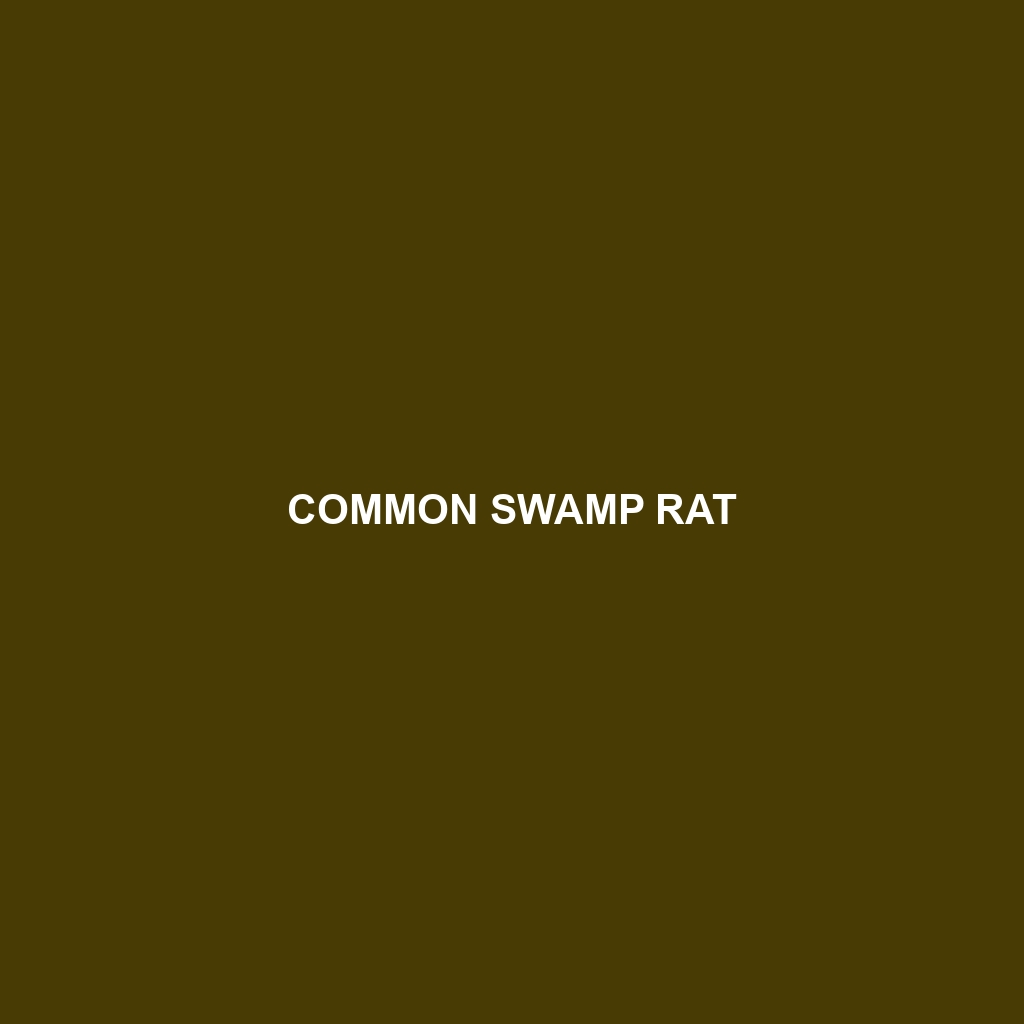Small-toothed Forest Hedgehog
Common Name: Small-toothed Forest Hedgehog
Scientific Name:
Habitat
The Small-toothed Forest Hedgehog primarily inhabits the lush, densely forested regions of Central Africa, particularly in areas with abundant leaf litter and low vegetation. This species thrives in montane forests and tropical rainforests, where moisture and shade create a favorable environment. Its presence is often noted in woodland clearings and occasionally in agricultural landscapes that provide cover.
Physical Characteristics
This hedgehog species typically measures about 20 to 25 centimeters in length, with a weight ranging from 500 to 800 grams. The Small-toothed Forest Hedgehog is characterized by a unique coat of spiny quills that are generally dark brown with lighter tips, providing excellent camouflage against forest litter. Notably, it features a distinctive, small-sized head with widely spaced, small teeth adapted for its insectivorous diet, along with a short, sturdy snout.
Behavior
The Small-toothed Forest Hedgehog exhibits primarily nocturnal behaviors, emerging at dusk to forage for food. They are solitary creatures, known for their burrowing habits and ability to roll into a ball when threatened. Their tendency to wander their territory in search of insects, worms, and fruit is crucial to their survival. Additionally, they communicate through a series of soft grunts and huffing sounds, which are key to their social interactions.
Diet
The diet of the Small-toothed Forest Hedgehog mainly consists of insects, earthworms, and various roots and fruits. These hedgehogs have adapted to a diet rich in protein and carbohydrates, which they forage for at night. Their foraging habits are vital for controlling insect populations, thus playing a key role in the ecosystem.
Reproduction
Breeding for the Small-toothed Forest Hedgehog typically occurs between May and July, coinciding with the rainy season. Females give birth to two to six offspring after a gestation period of around six weeks. The young are born blind and helpless, relying completely on their mother’s care during their early weeks. Notably, mothers may construct nests in dense vegetation to protect their young from predators.
Conservation Status
Currently, the Small-toothed Forest Hedgehog is classified as vulnerable due to habitat loss and fragmentation resulting from deforestation and agricultural expansion. Conservation efforts are essential to protect the remaining populations and their habitats to prevent further decline.
Interesting Facts
Did you know that the Small-toothed Forest Hedgehog can consume more than 100 insects in one night? Additionally, their quills are not just for defense; they also play a role in thermoregulation, helping maintain their body temperature in varying climates.
Role in Ecosystem
The Small-toothed Forest Hedgehog plays an essential role in its ecosystem as a natural pest controller, helping to keep insect populations in check. Its foraging activities contribute to soil aeration and nutrient cycling, thereby benefitting plant growth in its habitat. By interacting with other species and maintaining ecological balance, this hedgehog is a vital component of forest ecosystems.
